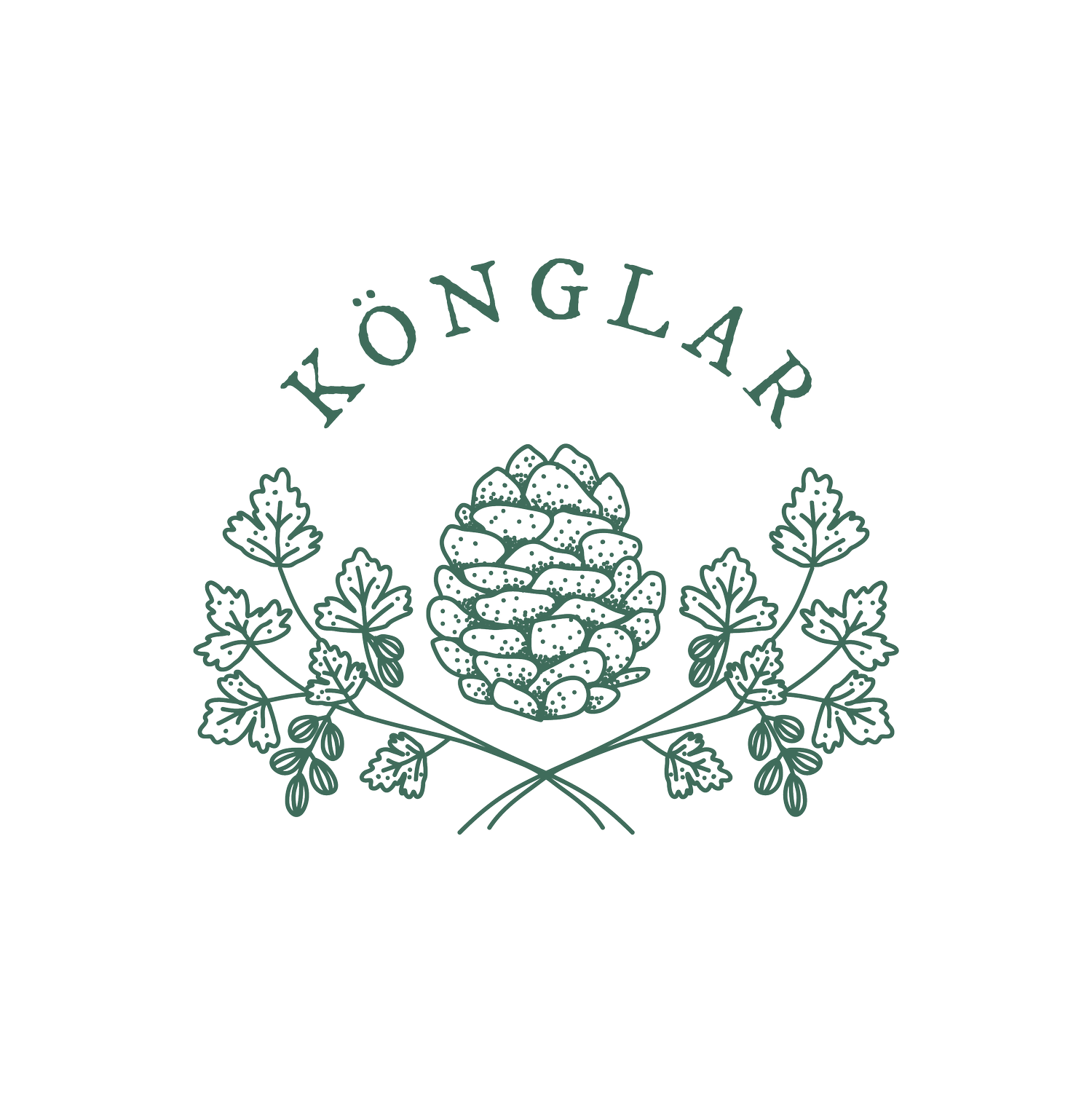Dvergabæli
Af jarðbúum standa dvergar næst álfum, svo að sumir hafa kallað þá dvergálfa. En frá upphafi hafa þeir þó verið taldi af öðrum uppruna, og svo eru þeir ólíkir álfum í sjón, nema að þeir eru í mannsmynd. Þeir eru sagðir skegglausir, höfuðstóri, hálsstuttir, búkmiklir og afar fótleggjalágir. Þeir eru hugnir og vitrir og snilldhagastir allra jarðbúa á smíðar. Þeir forðast heldur menn, en eru þeim hollir leiðtogar og óbilugir vinir, en mönnum tekst að ná vináttu þeirra, sem fæst helst með greiða eða gjöfum, fyrir harðneskju og milligöngu vina. En enginn stendur einn sem hefur hylli þeirra. Þjóðsögur um dverga her eru örfáar í gömlum þjóðsagnasöfnum.
English
Among the earth-dwellers, dwarfs are closest to elves, so some have called them dwarf-elves. However, from the beginning, they have been considered of a different origin, and they are unlike elves in appearance, except that they take on human form. They are said to be beardless, large-headed, short-necked, stout-bodied, and very short-legged. They are clever and wise and are the most skilled of all earth-dwellers in craftsmanship. They tend to avoid humans but are loyal companions and steadfast friends; however, it is difficult for people to gain their friendship, which is best achieved through favors or gifts, for harshness and the mediation of friends. No one stands alone who has their favor. There are very few folk tales about dwarfs in old folklore collections


